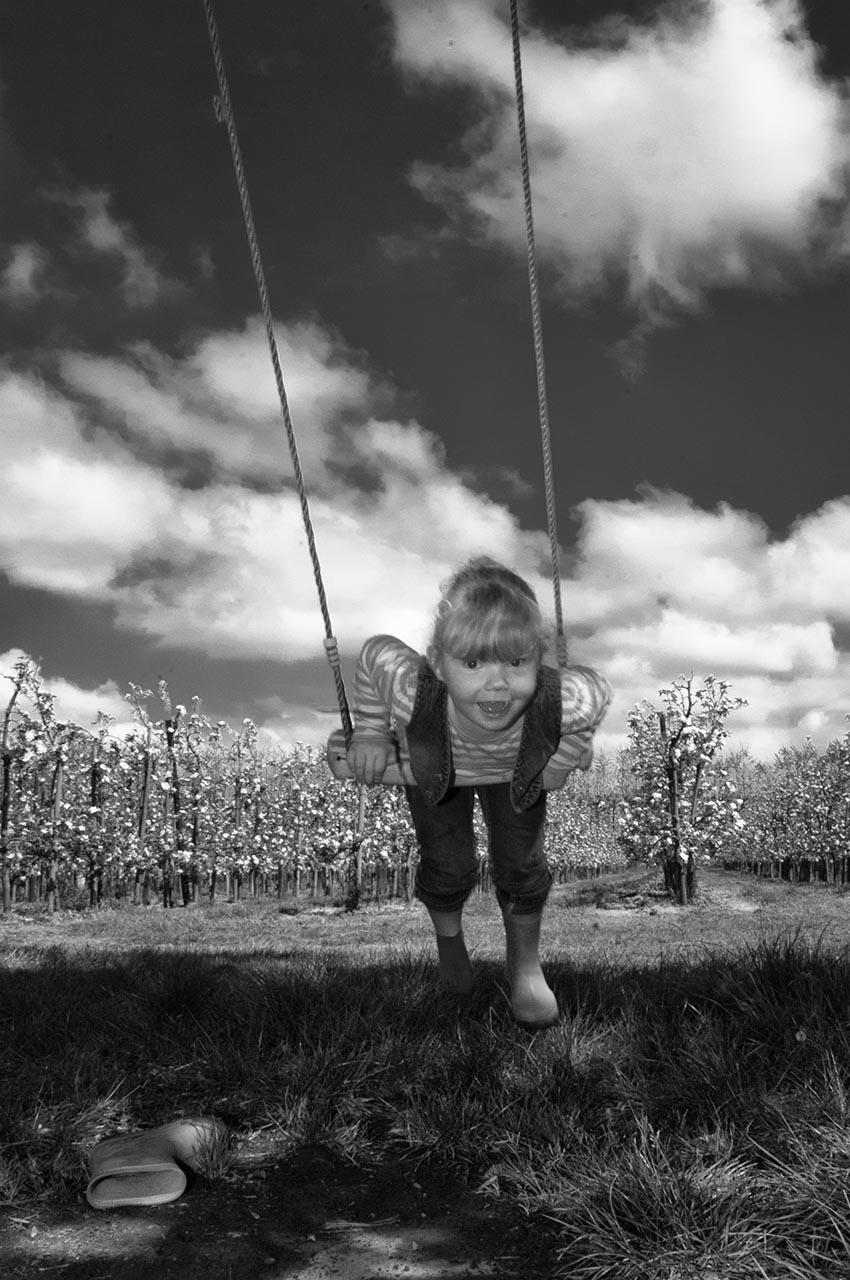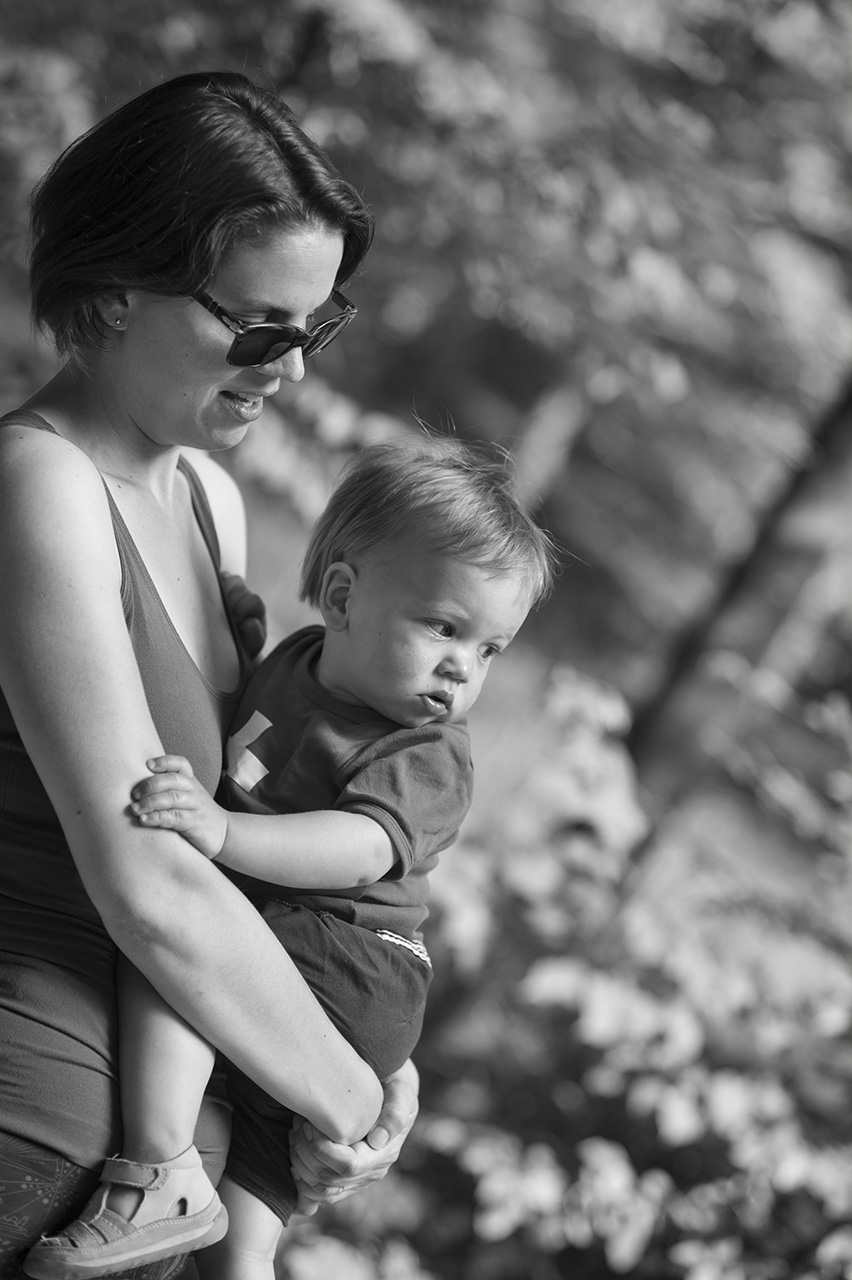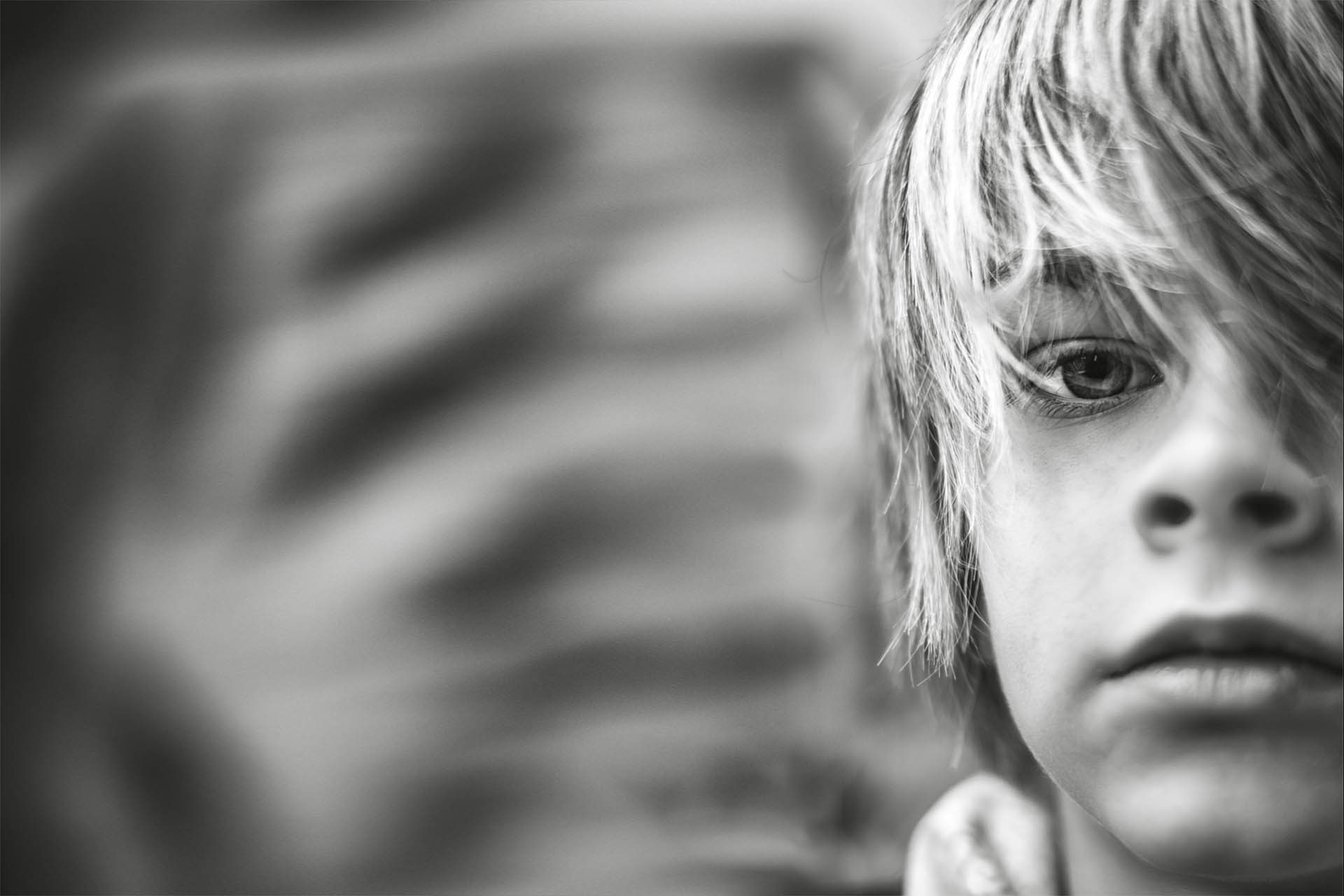Secure attachment – we are always working on that. How is an attachment relationship of a young child formed? What is the perspective of securely attached children? In this long-read, psychologist Femke van Roozendaal shows why the group of insecurely attached children goes beyond the personal scope, and should be placed on the social agenda.
At the play park, three toddlers are enjoying their playtime together. They bake sand cakes and make mud soup, they play on the swings, and go down the slides. Suddenly, a dog without a lead comes running at them.
Luckily, the dog’s master quickly takes control of the dog, but the little children are very startled and run to their mothers crying. John’s mum takes him on her lap: “That startled you, huh? That dog ran right at you. So scary. I can understand that that made you cry. Luckily, the dog is back on the lead now, so you can go back to playing soon.” Max’ mother is in the middle of a phone call. She can see that there is no more danger, so she gestures Max to go back to the play park. Max does not want to, and he tries to get onto the bench with his mother. She’s looking away from him, and pats him on the back a little, still focussed on her phone call. Lily’s mother gets angry at her: “Stop overreacting, you always do that with dogs! Be more like your sister. She never overreacts like you.” Lily reluctantly goes back to her previous spot with a sad look on her face, and waits.


What is necessary for healthy attachment is sensitivity and responsiveness of the carer. John’s mother’s reaction is sensitive. Which means that she sees the signals of her child, she understands them (sensitivity), and quickly and adequately responds (responsiveness). She recognises John’s feelings, that it is very scary when a large animal runs at you like that. His emotion is accepted and she soothes him.
The danger has passed and when he wants to he can go back and play. With a sensitive and responsive reaction, good social-emotional support is provided. Insensitivity and little responsiveness expressed in indifference and little interest, or even punishment and little account for the feelings of the other person. Max’ mother’s response is uninterested. Max actually disturbed her in what she was doing, and the problem was resolved, so why would Max even still need her?
Lily’s mother’s response is punishing and she does not consider Lily’s feelings. Apparently, Lily has always been afraid of dogs, and her mother thinks that is nonsense. Max, as well as Lily received little response. If they are pretty much always approached in this manner, it will be characteristic for the manner in which they trust their parents and the manner in which they interact with peers. For healthy attachment sensitivity and responsiveness of the carer are necessary.
When one is fundamentally not provided with a responsive reaction, it will become more difficult to create a secure bond. For a secure bond, it is important that a child experiences that their parents are there for them, that they can ask for help when they need to. Lily and Max do not experience that in this manner. It will also become more difficult for Lily and Max to be able to empathise well with others. After all, they learn that they cannot trust their feelings. Imagine: Max, Lily, and John are at nursery today, and they play with a fourth child, Jolene. Suddenly, Jolene starts crying because she hurt her finger. It is not hard to guess which child has the most experience with giving a sensitive and responsive reaction’.
.
A high sensitivity and responsiveness are very important for secure attachment of your child. However, that is not always a guarantee. For a strong bond between two people there are, of course, two people needed. Some traits of children make the development of secure attachment a lot more complicated.
Risk factors for this include premature birth, a mental or physical disability, autism spectrum disorder, a difficult personality, and a frequent separation of the baby from the parents. These circumstances make it more difficult for the parents to be continually sensitive and responsive and to react to their child’s signals. And from the parents’ side, there could also be traits that make it more difficult. For example, parents that did not experience secure attachment during their childhood themselves, who were abused, or suffer from psychological problems, are severely ill, or simply have too many responsibilities that limits the time they have at that moment to offer the care, love, and attention that their child needs.
Other risk factors are drug abuse, marital conflicts, poverty, teen motherhood, or adoption. The more risk factors there are at the same time, the bigger the influence on the quality of the attachment can be. These factors make it more difficult to develop a healthy attachment.

Babies and young children are very sensitive towards emotions, signals, and interactions with their parents. They can feel what is going on very well. People used to think, and sometimes still do, that babies are not aware of what is happening. But that could not be further from the truth. In het ‘pokerface’-experiment the still face experience this becomes very clear. The child notices that their mother stops responding to her in a sensitive manner in no time, and that makes a very big impact on her.
I still get Goosebumps every time I watch it. Dr. Edward Tronick researched what indifference does to a baby. To do this, he made parents and their baby face each other, and make normal contact at first. Then, he gave the mother or father a signal to turn away their face for a second, and to then look at the baby with an expressionless face. Within a few seconds, the baby notices that something has changed. After that, the child tries to make contract again in different manners. She starts by making little noises, little gestures, and those quickly become bigger.
If the mother does not respond, these efforts quickly turn into frustration and despair. Within a few minutes, the baby becomes very upset; she turns away her head, covers her head with her arms, cries, and even loses control over her posture due to stress: she cannot sit upright. Then, her mother can no longer stand it and responds to her daughter again. Within seconds, contact is back, and the little girl calms down. This experiment shows in a very confronting manner how quickly a baby gets upset just from an expressionless face.
Pay attention to the face of the mother; she looks neutral, she is not even angry. And then notice how heavy the child’s emotion is. How could we ever have thought that babies are not aware of these things? Babies are especially sensitive to subtle signals that their parents show. There is a lot of truth in what my mother told me for my first child: “if your baby is restless, check how you are feeling first.” With a sensitive and responsive reaction a good social-emotional support is provided.
Dr. John Bowlby was one of the most important developmental psychologists in the 40s and 50s, he showed the importance of the attachment relationship to the child’s functioning. During his work with young offenders, he noticed that these often did not have an emotional bond with their mother, and they were unable to empathise with others.
He discovered that children who were not taken care of by a loving parent in the first few years of their life had irreversible problems during later life. Attachment turned out to be essential for a healthy development. However, secure attachment is not automatically developed!


Attachment problems have big negative consequences. Of course, firstly, for the person it concerns. If a child has not experienced secure attachment, it influences their flexibility, their ability to find and keep social support, to be able to regulate emotions, to the stability of the basis of trust. Children and adults with attachment problems have a bigger chance of having:
• Psychiatric disorders. For example, depression, addiction, anxiety disorders, eating disorders, etc.
• Serious behavioural problems and criminal behaviour. If one has not learnt to take others into account, or has trouble empathising with others, they are more likely to get in trouble with social contact. This also increases the chance to get sucked into criminality. In prisons, there are larger percentages of people with attachment disorders than in everyday life.
• Children with attachment disorders. The attachment style with which one was brought up often surfaces with one’s own children! Apparently, in the first period of someone’s life, it is imprinted in almost an indelible manner ‘how people interact with each other’. Attachment problems have a ‘domino’-effect. These are heavy problems that deeply affect life. Not only is the chance of these problems increased. These problems also create additional problems: for example, trouble to keep a job, debt, eviction, slip into criminality, and more. Attachment problems have a ‘domino’-effect
Portretten van kinderen, adoptieouders en geboortemoeders die openhartig vertellen over de invloed die adoptie heeft op hun leven.
Op deze pagina komt binnenkort uitgebreide informatie en links over professionele zorg te staan.